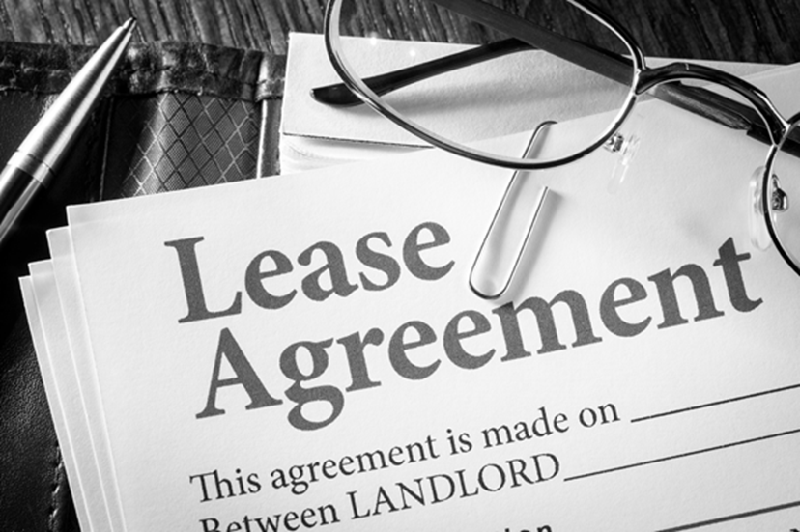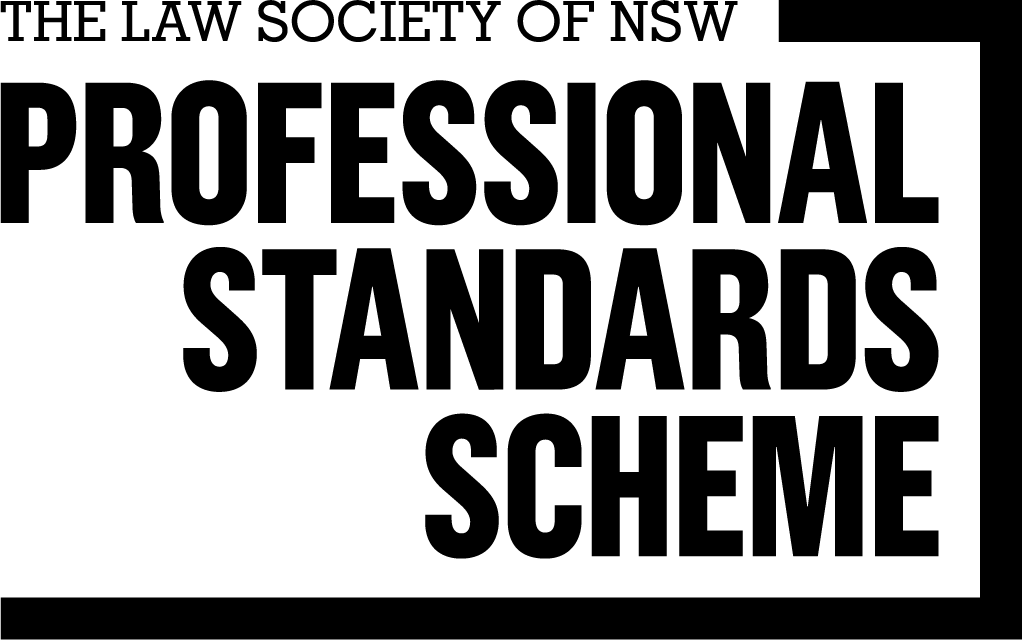The Retail Leases Amendment (Review) Act 2017 (NSW) was assented to on 1 March 2017. With one exception, it continues a long tradition of nit-picking review, combined with a failure to address necessary reform. Endemic problems with the retail legislation are:
- a disclosure rigmarole that is so bureaucratic and cumbersome that it fails to provide meaningful disclosure and simply ties the landlord up in knots. The Amending Act has made these problems worse, not better;
- its spread. The Act requires landlords to treat muscled-up tenants like wood ducks. The Amending Act has not addressed this;
- rigid core-trading hours. The retail legislation does not seem to have realised that the Australian economy is now driven by dining not mining. The Amending Act has not addressed this; and
- the minimum 5 year term. Thankfully, this has been cured.
Lease preparation expenses
The definition has been amended to ensure a landlord cannot recover mortgagee consent fees from a tenant.
Definition of retail shop lease
The definition has been amended to accommodate the introduction of new s3B, which provides the Act applies to an agreement for lease, in the same way it applies to a lease.
The amendment has no effect, and is merely change for the sake of change.
Outgoings
The definition has been expanded by the introduction of new s3A, which re-states the previous definition but also expressly records “management” as a recoverable outgoing, and fees charged by the landlord for services provided by it in connection with the centre.
These changes were already captured (evidenced by the fact that they had been charged without complaint since 1994).
However, new s12A has been introduced which carries risk for landlords. It provides that a tenant is not obliged to pay an amount for outgoings unless it was disclosed in the disclosure statement.
Landlords should review their outgoings for each centre and ensure they are all captured.
Equally important, if the amount of an outgoing is under-estimated in the disclosure statement, the tenant’s liability for that outgoing is confined to the estimate, if there was no reasonable basis for the estimate. (This does not apply to an uplift in statutory rates or taxes imposed on the landlord after the disclosure statement was issued).
If the tenant is entitled to take advantage of this provision, the landlord cannot catch-up the under-estimate in subsequent years.
Excluded premises
s5(d) has been amended so that ATMs, advertising signs, storage lockers, vending machines and similar uses are excluded from the Act.
Disclosure statements
The disclosure statement as it relates to outgoings has been amended. Landlords should be sure to use the amended form.
A new s11(2A) has been introduced so that if a tenant terminates the lease because of a breach by the landlord of its disclosure obligations, the tenant is entitled to reasonable compensation (including money thrown away on fit-out).
A new s11(6) has been introduced so that a disclosure statement can be amended “with the agreement in writing of the landlord and tenant”.
This is one of the most ridiculous pieces of legislation I have ever seen. It appears to invite the parties to negotiate the disclosure statement.
Do the parties really need more issues to negotiate in entering into a retail shop lease?
The purpose of s11 is to require the landlord to make the legislated disclosure. And s11 provides the tenant with a remedy if a landlord breaches the obligation. The remedy is not available if the landlord has acted honestly and reasonably, and the tenant is in no worse a position by reason of the breach (s11(3)).
Assume the parties agree a rent of $300,000, but after the disclosure statement has been issued, the tenant negotiates the rent down to $250,000. And assume an amended disclosure statement is not issued. How can it be possibly said there has been a breach of the disclosure obligations when the tenant itself has driven the bus to the destination?
Assume the landlord omits a line item from the outgoings estimate in the disclosure statement, discovers the mistake and issues an updated disclosure statement to correct the omission.
The new s11(6) seems to be trying to say that the disclosure statement can only be amended with the written agreement of the tenant. If the tenant does not agree to the correction of the disclosure statement, where does that leave the landlord?
We would say that the landlord remains entitled to issue an updated disclosure statement, whether the tenant agrees or not.
The section says the landlord “may” issue an amended disclosure statement with the written agreement of the tenant. It fails to say that the landlord “must not” issue an amended disclosure statement unless the tenant agrees.
We are philosophically opposed to negotiating disclosure statements. However, in light of this idiotic amendment, in cases where the landlord negotiates a commercial change to the deal after the disclosure statement has been issued (for example if the rent is increased) it is now probably prudent to issue an amended disclosure statement.
It is significant that the amendments fail to provide any opportunity to waive or relax the 7 day mothball period from issue of an amended disclosure statement, before a lease can be entered into.
Registration and signing
The provisions dealing with landlord turnaround of signing and registration of leases have been amended, but not in a way that should impact a landlord with proper and efficient signing and registration processes.
There is now also a provision by which leases for a term of 3 years or more must be registered, with a maximum penalty of 50 penalty units for non-compliance.
Bonds and bank guarantees
There has been extensive tweaking of the provisions around cash bonds.
The Act has however caught up with the preference of landlords to utilise bank guarantees over cash bonds. A new s16BA has been introduced requiring the return of bank guarantees within 2 months after (in effect) the end of the term.
Turnover rent
The exclusions from tenant’s sales in s20 have been expanded so as to remove online transactions, other than those as a result of a direct connection with the shop.
Minimum 5 year term
s16, which required a minimum 5 year term, has been repealed.
This is a major, and necessary, reform. The NSW legislation now aligns with Queensland legislation, but differs from all other jurisdictions which call for a minimum 5 year term.
I should add that there have been consequential amendments to s6A (short term leases), so that the provision now has sensible operation.
Demolition
There has been some tweaking of the demolition provisions of s35. These changes deal with practical problems flowing from the legislation where a centre comprises more than one building, or one building is divided into 2 or more sectors, one of them being retail.
Assignment
The procedural requirements for assignment have been a nightmare since the Act commenced.
Those procedures have now been amended.
The procedural requirements are now easier to follow, but from the landlord’s perspective, there has been little change.
Notably, the landlord must provide the assignor with an updated landlord’s disclosure statement within 14 days of request.
Jurisdiction
The jurisdictional limit under the Act has been uplifted from $400,000 to $750,000.
Download PDF here – Retail Leasing Update – NSW
Disclaimer
The material contained in this publication is comment of a general nature only and is not, nor is it intended to be, legal advice. Neither Speirs Ryan nor any individual author accepts any responsibility whatsoever for any acts or omissions resulting from reliance upon the content of this or any publication. Before acting on the basis of any material contained in this publication, we recommend you consult your professional adviser.






